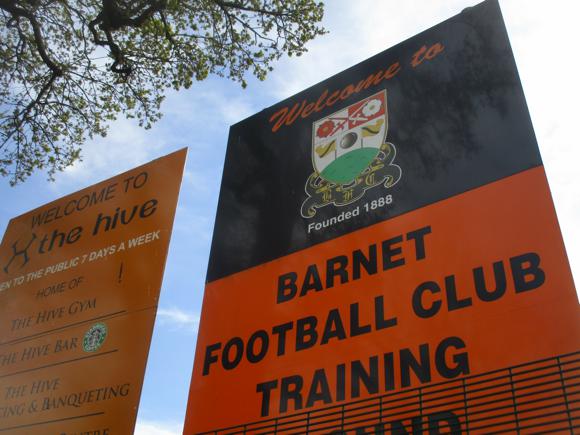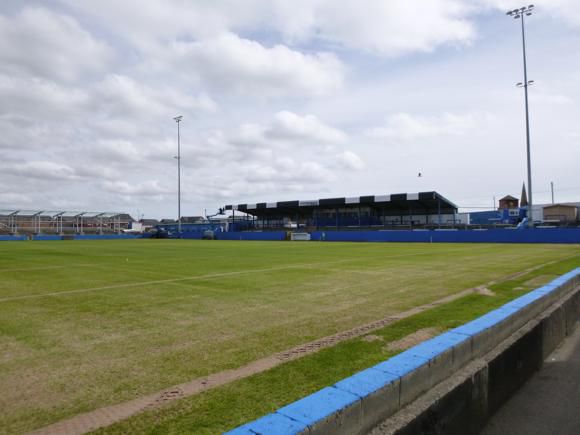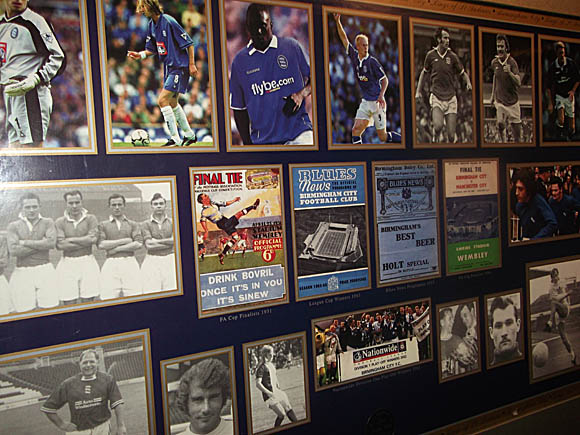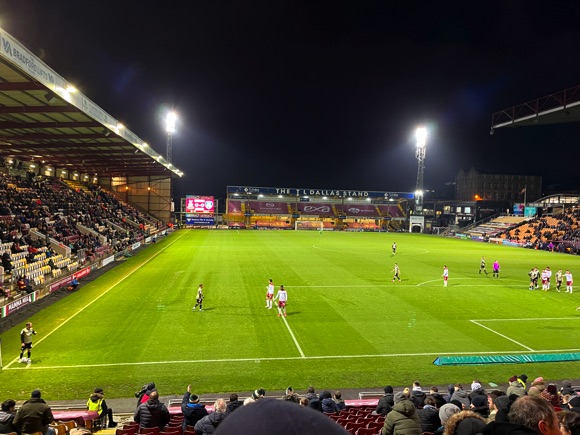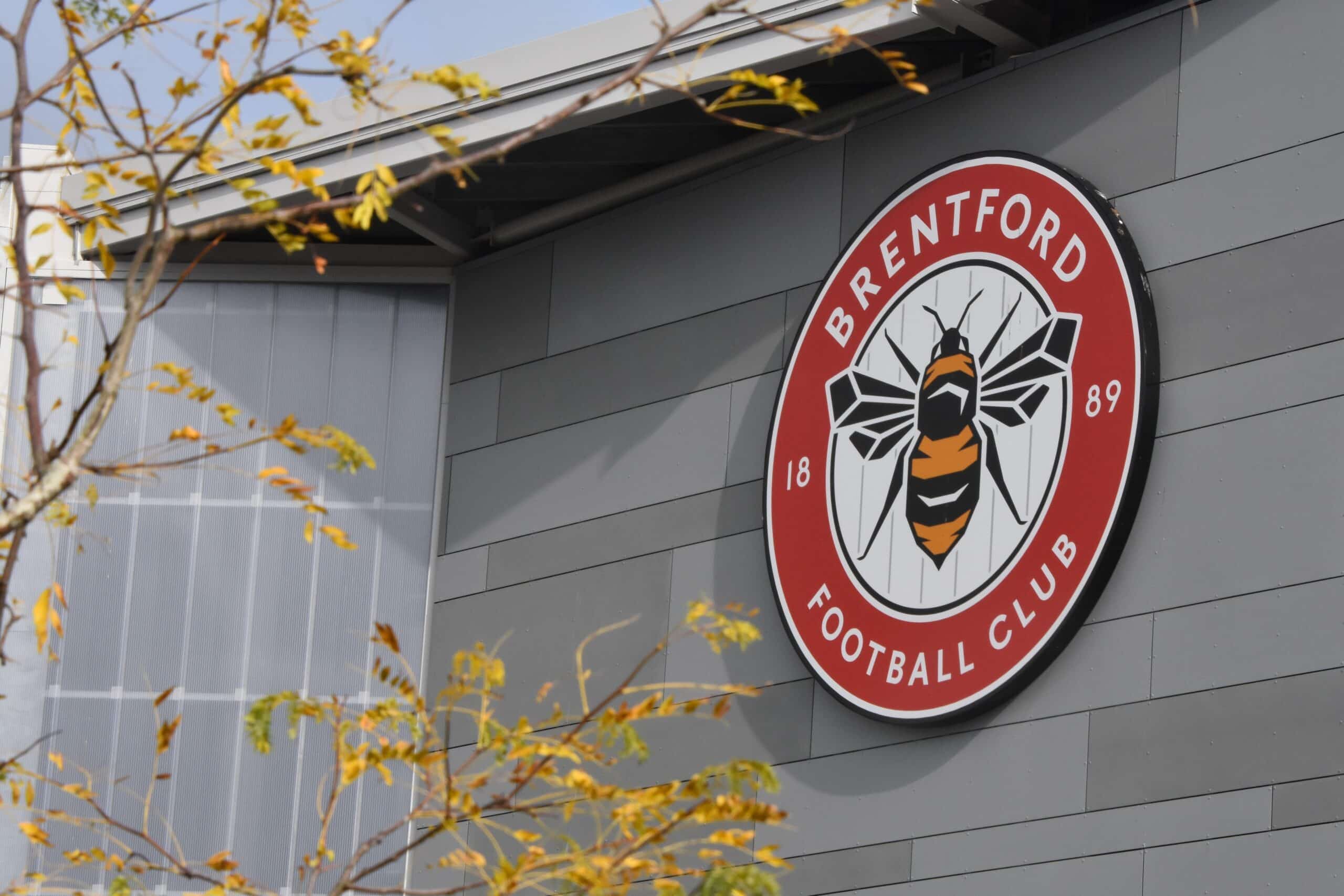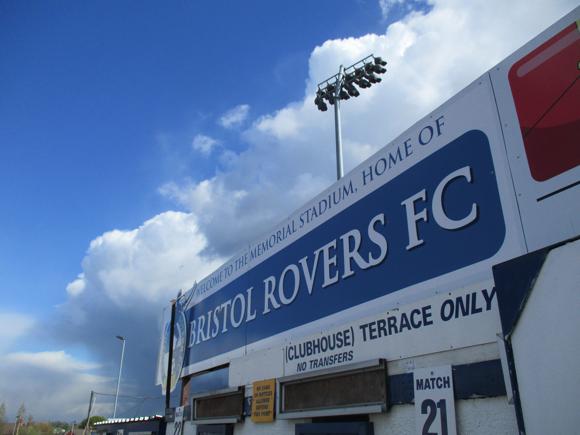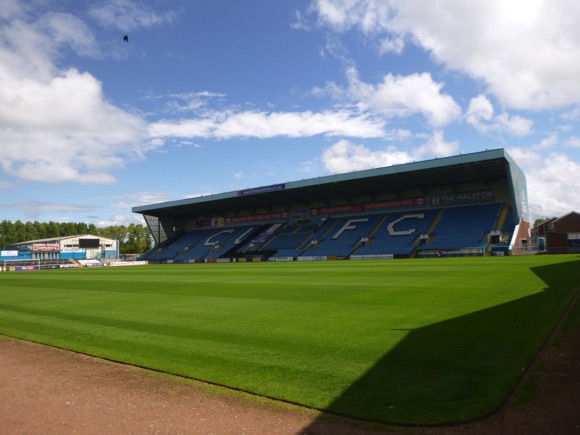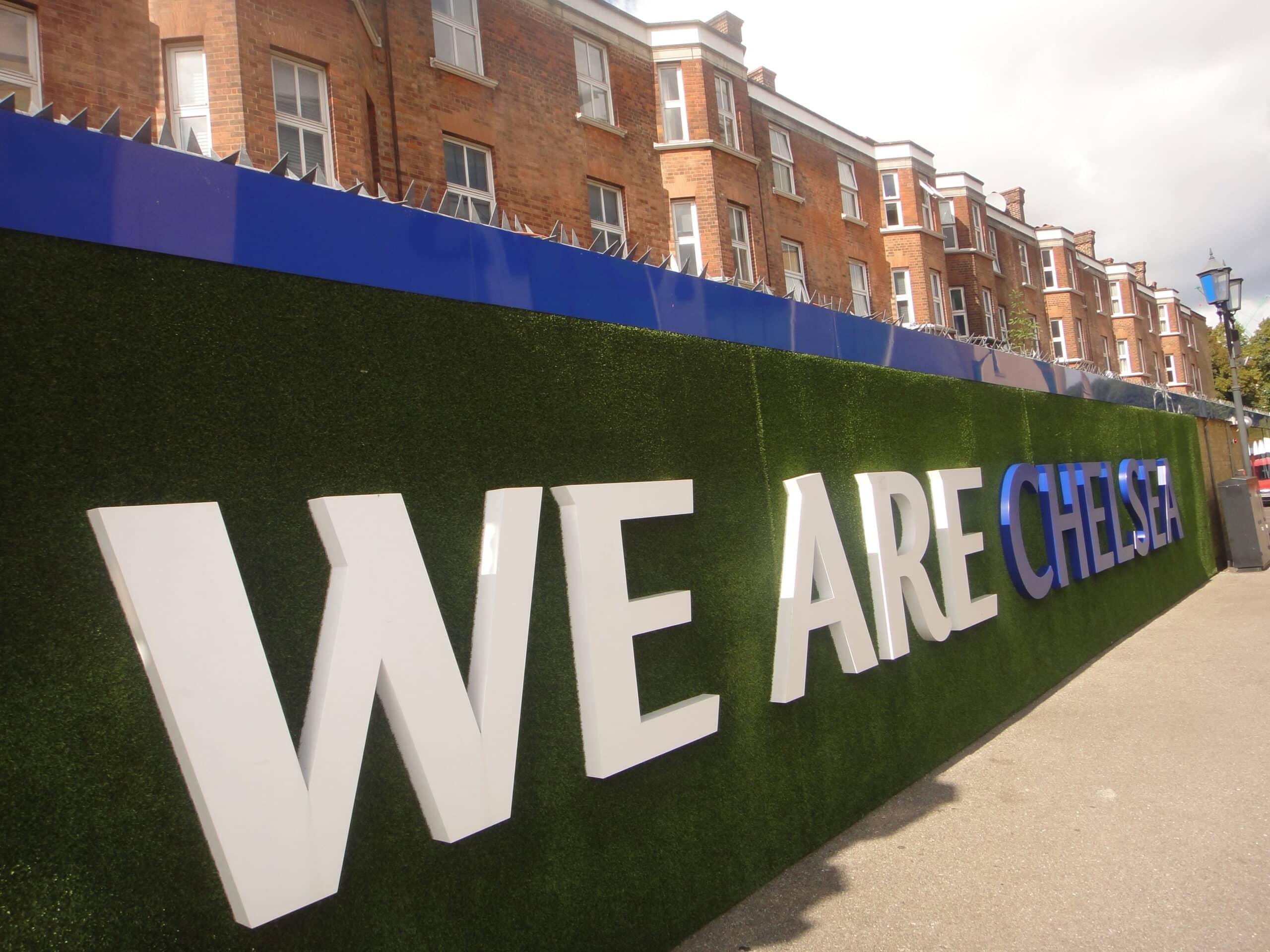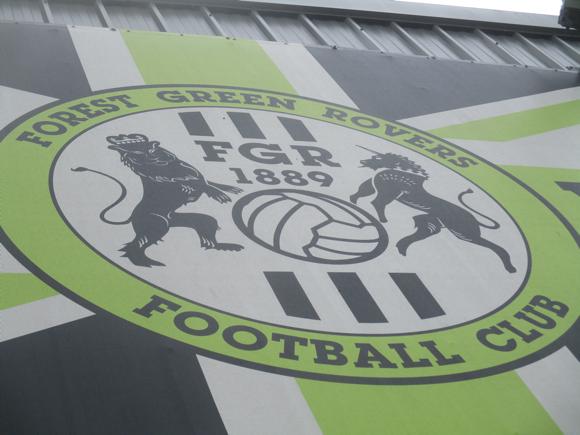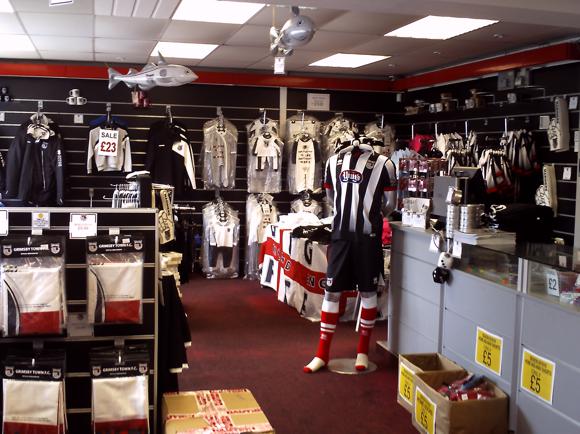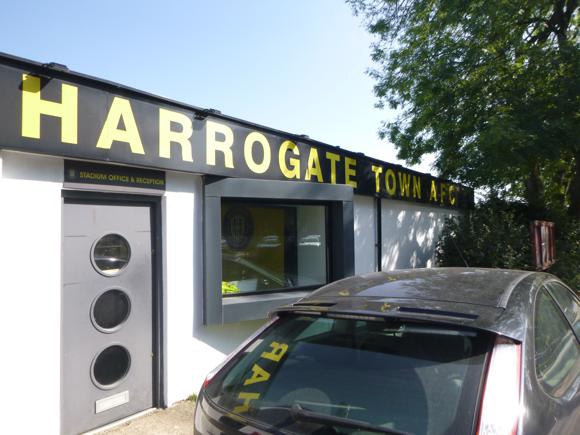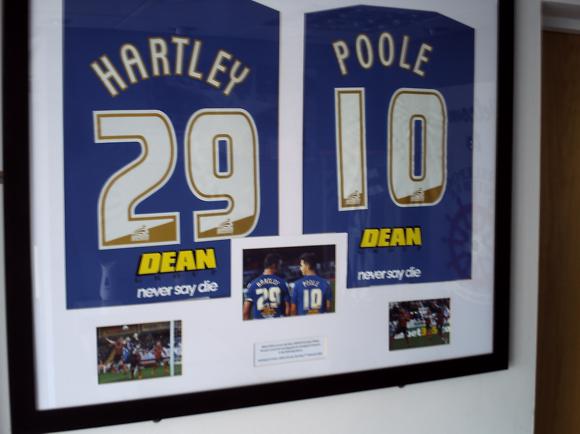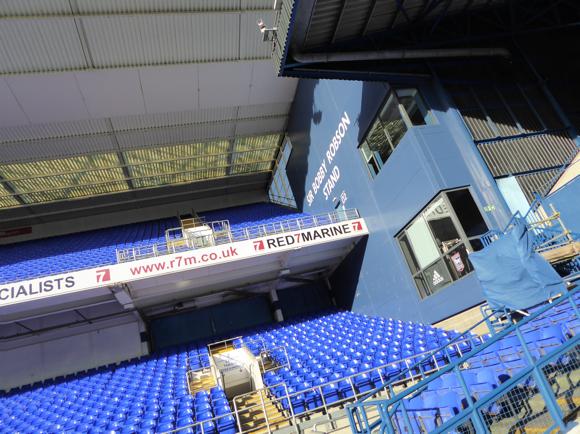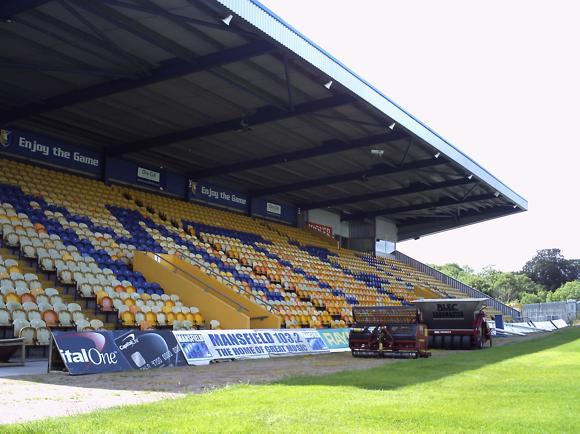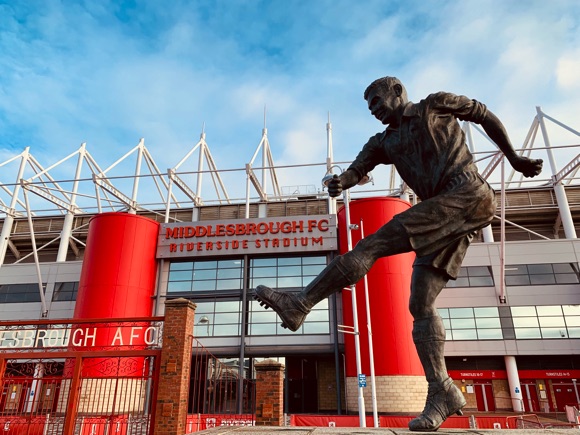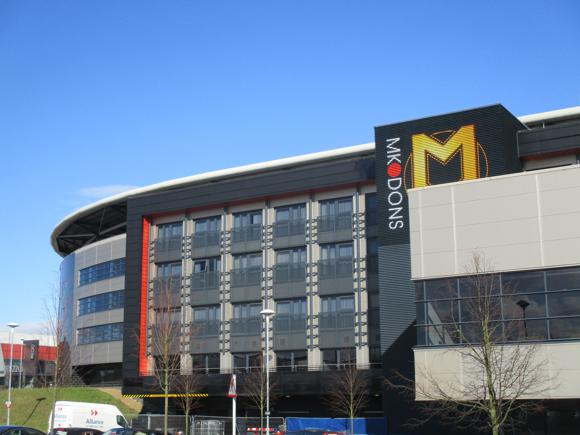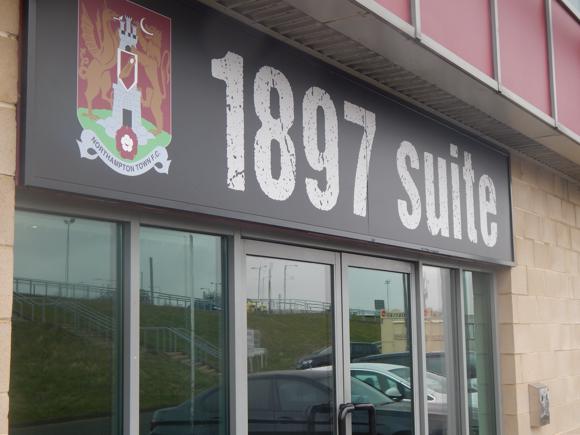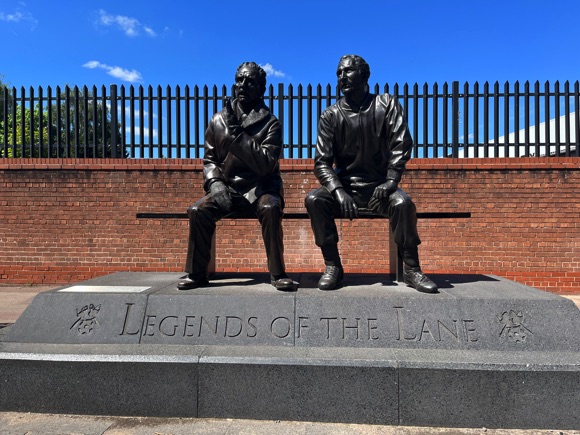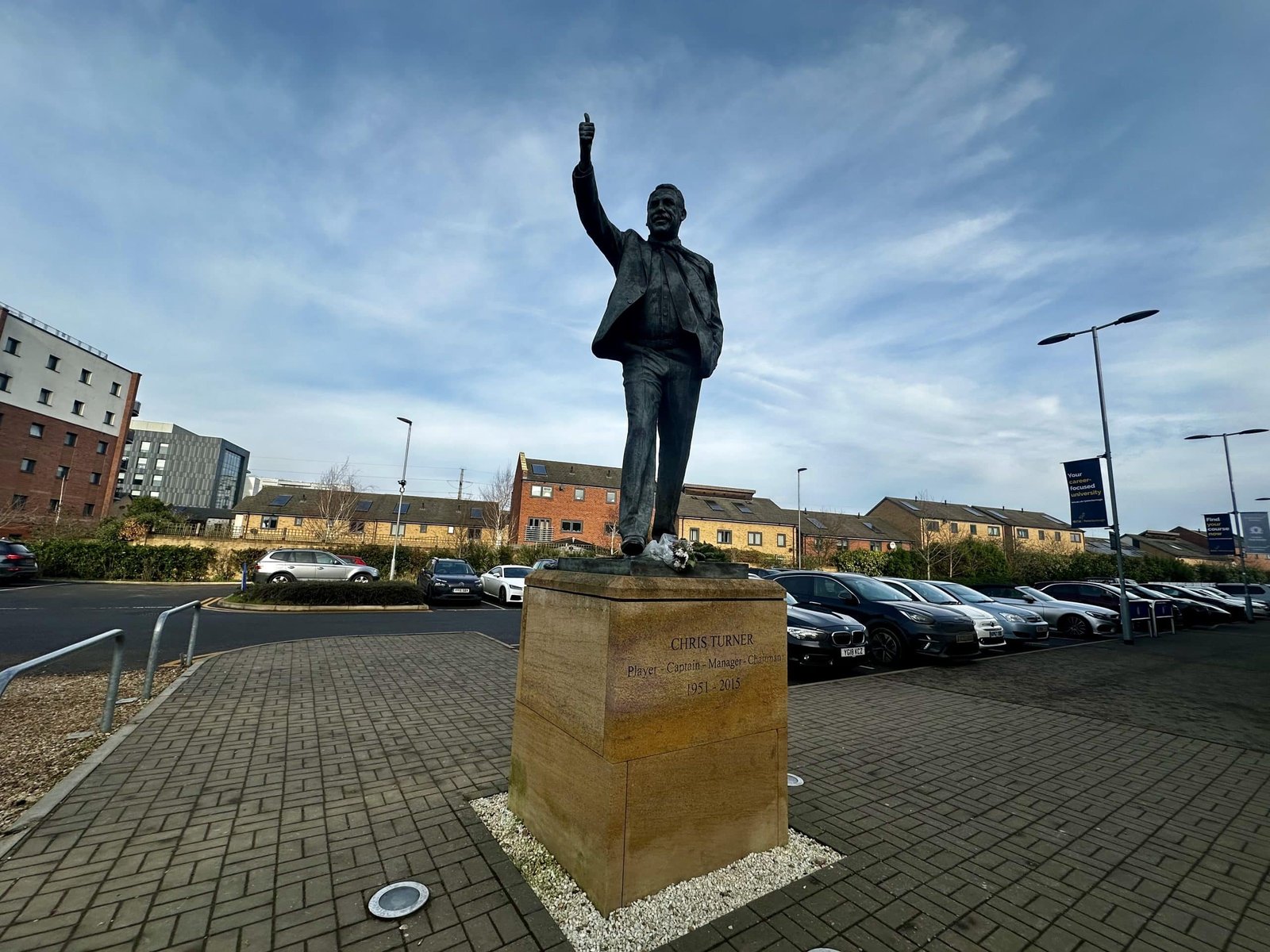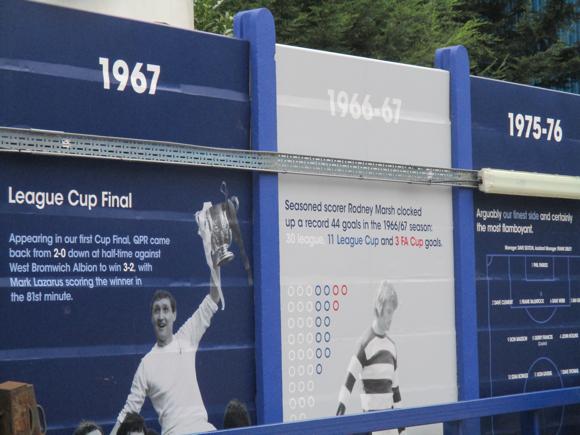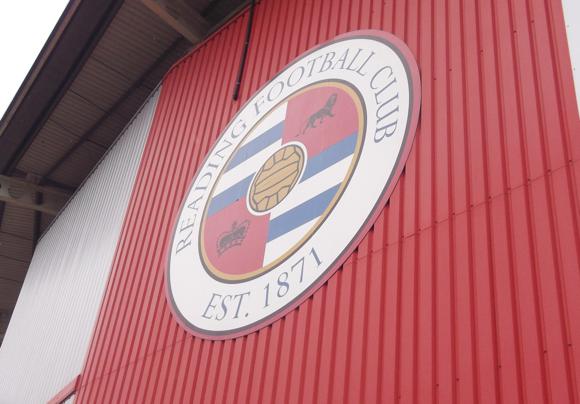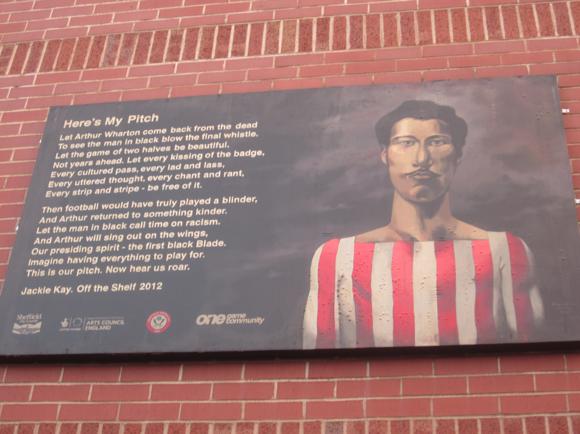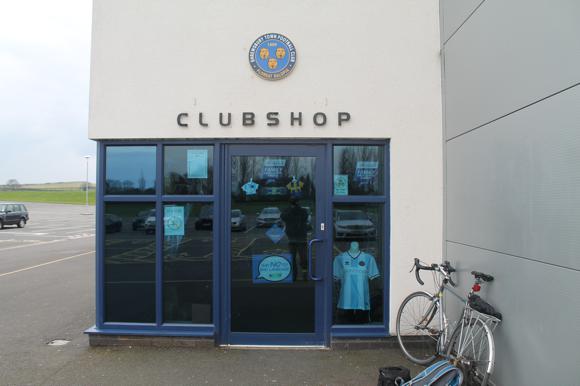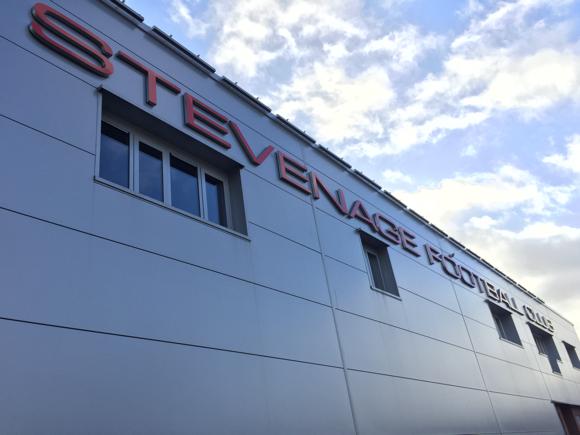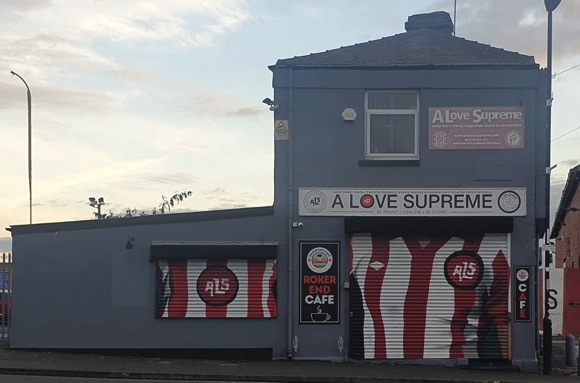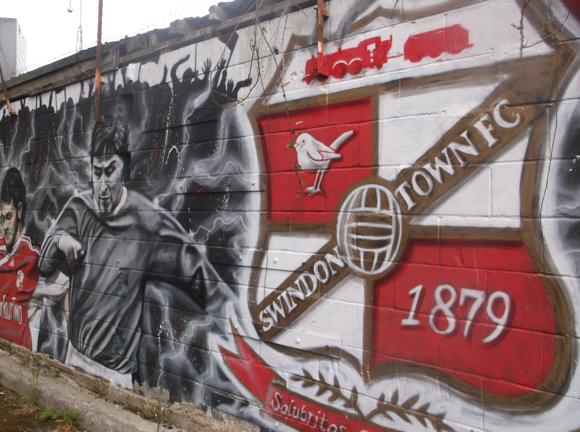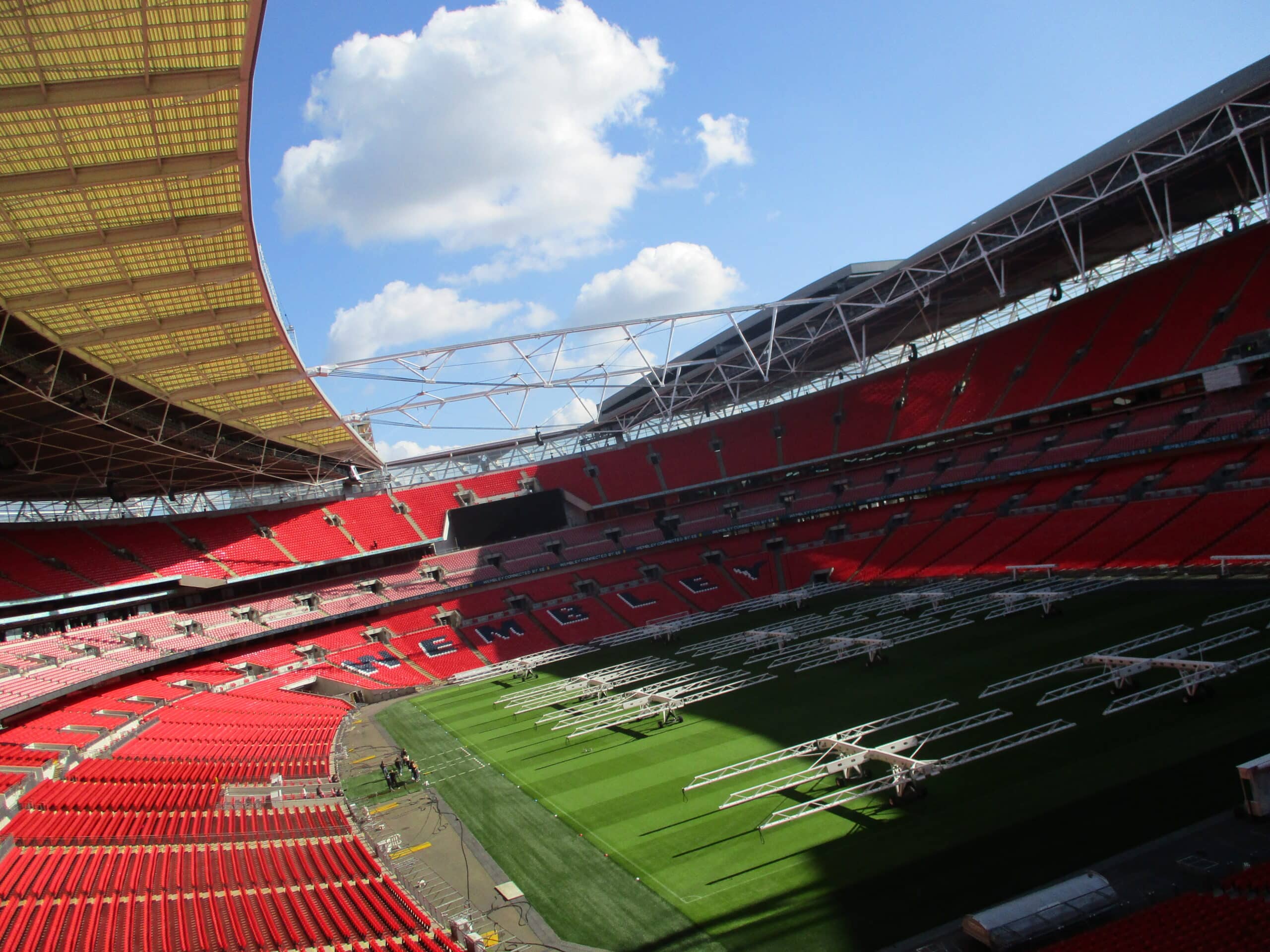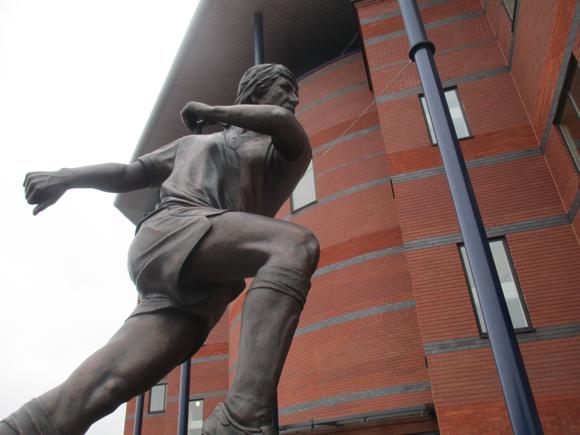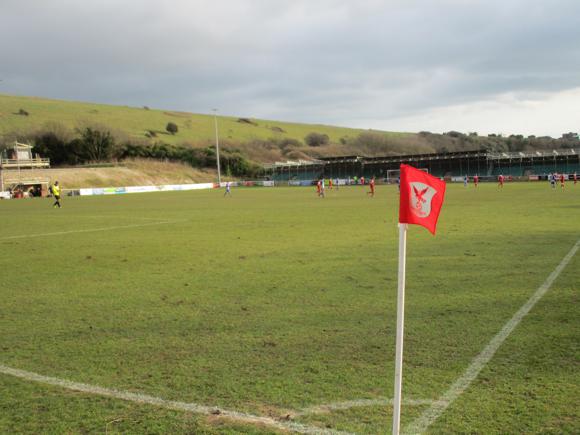A fan’s guide – the club from early doors to today
Reminders of the glory days of once mighty Wolverhampton Wanderers surround their venerable home of Molineux. Striding out in front of the Billy Wright Stand, a lifelike statue of the record-breaking captain for Wolves and England is backdropped by mural images of the golden era, the seminal game with Honvéd and goalkeeper Bert ‘The Cat’ Williams springing into action.
Outside the Stan Cullis Stand, the legendary manager who created this Wolves team stands with trademark trilby in hand. Behind, one of Britain’s best club museums tells the near 150-year history of this pioneering force in the domestic and international game.

Formed in 1877 by two young teenage pupils of the school attached to St Luke’s Church in Blakenhall, south Wolverhampton, John Baynton and John Brodie, the new club was named after its alma mater. After merging with local team Wanderers, St Luke’s took the familiar name we know today.
Wolverhampton Wanderers moved from the playing fields of Blakenhall to a regular ground near the church, a basic pitch off Dudley Road, long built over and today called Wanderers Avenue. Here Wolves played their first season as founder members of the Football League, finishing 1888-89 in third place and losing the cup final to double winners Preston.
Playing that day were Charlie Mason, whose father built St Luke’s church, and team captain John Brodie, the club’s co-founder, who had just made a scoring debut for England. Team-mates Harry Wood and Harry Allen would also win England caps. They were to stay at Wolves to appear in the 1893 final, Allen scoring the only goal against Everton.
By then, Wolves had moved to Molineux, a former pleasure park north of town. Here they mounted another successful cup campaign, winning the trophy in 1908 – as a Second Division outfit.

The club had not long returned to the First when a precocious centre-half arrived Molineux, sent there by his Wolves-mad father in 1934: Stan Cullis. Later to be the youngest captain of England at 22, Cullis embodied the bright new team of Major Frank Buckley. A colourful disciplinarian, this former Somme veteran created the Buckley Babes, his high-scoring side young, quick and superfit. Wolves came within one match of a first league title in 1938 and finished runners-up a year later, when they also lost a memorable FA Cup final to Portsmouth, 4-1.
Buckley’s youngsters came to fruition after the war, the likes of centre-half Billy Wright and Jimmy Mullen, who had made his debut a month after his 16th birthday in 1939. Fellow winger Johnny Hancocks and goalkeeper Bert Williams both made their debuts in the first game of the post-war season, 1946-47, a 6-1 win over Arsenal.
With Cullis taking over the Buckley role, Wolves began to fly. Winning the FA Cup in 1949, Wolverhampton came within a fraction of a goal of winning a first title a year later, their nemesis again Portsmouth. But it was Pompey who came to the rescue in 1954, beating Wolves’ Black Country rivals WBA on the last day of the season to send a first title to Molineux. Dennis Wilshaw edged out Hancocks for top scorer while Wright and Williams proved imperious in defence.

The triumph came between significant defeats at national level, Wright’s England beaten out of sight by the Hungary of Ferenc Puskás, 6-3 and 7-1. That December, Wolves took on the club team, Honvéd, who provided the bulk of the Hungary first XI. On a quagmire, against a bulky, demotivated Puskás, Wolves nipped ahead of Honvéd with two late goals.
With Cullis declaring his 3-2 winners ‘Champions of the World’, the attendant French press reacted by creating the European Cup to disprove it. Wolves, league champions in 1958 and 1959, failed to meet the challenge abroad. The Honvéd game did, however, initiate live broadcast international friendlies from Molineux, spreading the club’s fame far and wide.
The FA Cup win of 1960 was the last hurrah for Cullis and his team. Wright had just retired, after 541 appearances and a record 105 caps.

It would be a decade before the next great Wolves side. As Los Angeles Wolves, the pioneering club had won the first and only United Soccer Association during America’s Summer of Love, 1967, hanging out with Davy Jones of the Monkees. The 6-5 final win over Washington Whips, aka Aberdeen, featured goals from Derek ‘The Doog’ Dougan and Whips’ Frank Munro. Both would play a vital role in Wolves’ subsequent revival back in Europe.
Qualifying for the inaugural UEFA Cup in 1971, Wolves beat very capable Juventus and Ferencváros sides, the Hungarians foiled by penalty saves from Phil Parkes. The giant goalkeeper could do little about late thunderbolt from Martin Chivers that proved the difference in the two-leg final against Spurs.
Dougan’s strike partnership with the prolific John Richards then kept Wolves in the hunt, proving decisive in the 1974 League Cup victory over Manchester City.
After a brace from Richards in the semi-final, a single goal from another bullish striker, Andy Gray, helped Wolves to lift the trophy again in 1980, a side captained by Emlyn Hughes maintaining First Division status – just.

Soon Wolves would sink three divisions in a debt-ridden era alleviated by the phenomenal scoring power of Steve Bull. Good for 50 goals a season, ‘Bully’ won 13 England caps and made four World Cup finals appearances despite never having played a full 90 minutes in the top flight.
That same seminal summer of 1990, boyhood Wolves fan Jack Hayward took over the club, righting the mess left by previous owners the Bhatti brothers and selflessly sinking much of his Bahamian fortune into rebuilding Molineux. On the pitch, Wolves came close to a Premier League place in 1995, 1997 and 2002, beating their play-off hoodoo in 2003 with a resounding 3-0 final win over Sheffield United. For owner Hayward, now Sir Jack, the triumph by Paul Ince, Kenny Miller and team under Dave Jones was ample reward for his multi-million investment.
It proved short-lived. Losing early games 5-1 and 5-0, Wolves never looked likely to stay up.

In 2006-07, a new approach from manager Mick McCarthy, hiring unsung talent, first ended in agonising play-off defeat to local rivals WBA but brought dividends two years later when Wolves won the Championship. Goals from Sylvan Banks-Blake had kept the club top nearly all season, though Premier League survival then depended on vital strikes from Kevin Doyle and Steven Fletcher.
Shocking spring form saw Wolves relegated in 2012 – then again in 2013. Third-flight for the first time since 1989, the club brought in Kenny Jackett to oversee a 103-point title-winning campaign in 2013-14. Again, unsung replacements and academy recruits proved decisive.
With Malian international Bakary Sako still in a starring role, only goal difference kept Jackett’s side from a play-off place in 2015. Despite the midfield industry of Euro 2016 Welsh hero David Edwards, Wolves then struggled. Incoming owners Fusan, a Shanghai conglomerate, first brought in Paul Lambert then, a master stroke, Nuno Espírito Santo.
The former coach of Valencia and Porto was given the budget to buy Portuguese compatriots of the quality of winger Hélder Costa, attacking midfielder Diogo Jota and, most of all, visionary young playmaker Rúben Neves. Wolves duly tore the Championship apart, notching 99 points and winning the 2018 title in typically flamboyant style, tonking Bolton 4-0 away.

In the run-up to the 2018-19 campaign in the Premier League, goalkeeper Rui Patrício and midfielder João Moutinho, with around 200 caps between them, were also snapped up. But it was on-loan Mexican international striker Raúl Jiménez who scored the vital goals in the club’s most successful season in the top tier for nearly 40 years.
Wins over Chelsea, Spurs and Manchester United pushed Wolves into an extra European spot, freed up by Manchester City’s cup success. The Molineux side may have given a better account of themselves at Wembley than Watford, whose stoppage-time penalty beat Wolves in the semi-final before they folded 6-0 at the last stage.
Nuno’s side took full advantage of European qualification, winning at Besiktas and Slovan Bratislava, brushing aside Espanyol and Olympiacos, and falling to a late goal by Europa League specialists Sevilla in the quarter-final. Goals from Jiménez again pushed Wolves into seventh place in the league, but this time goal difference separated them from European entry.
A long-term injury to Jiménez then saw Wolves hit a run of poor form in 2020-21, the end result being a mid-table finish and the end of the Nuno era. His compatriot replacement, Bruno Lage, took Benfica to the title in 2019.
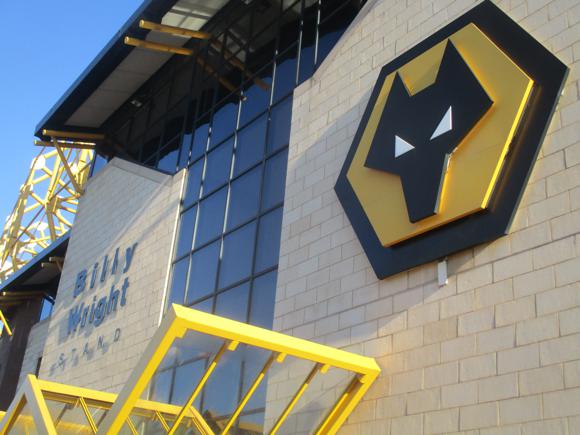



Ground Guide
The field of dreams – and the stands around it

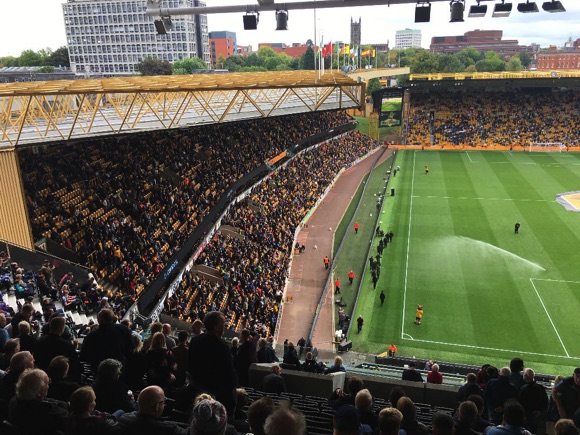
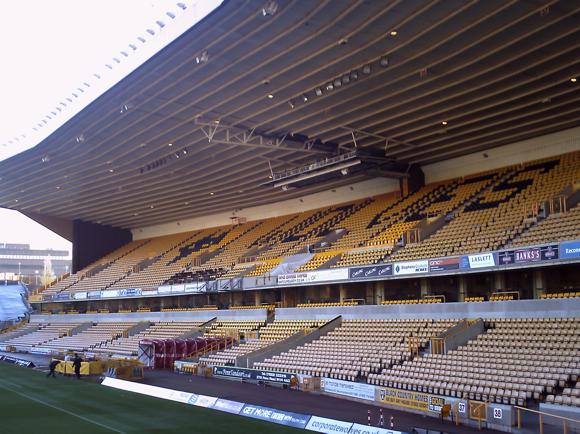
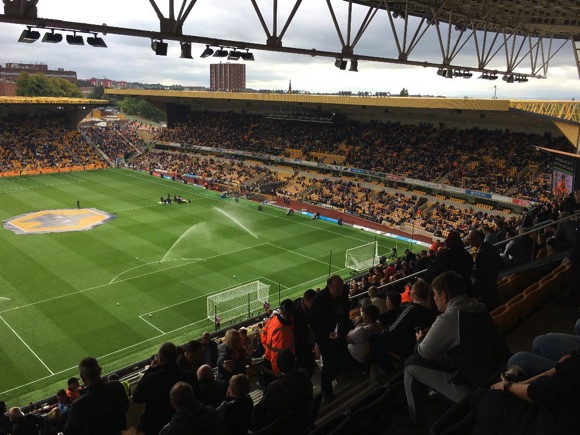

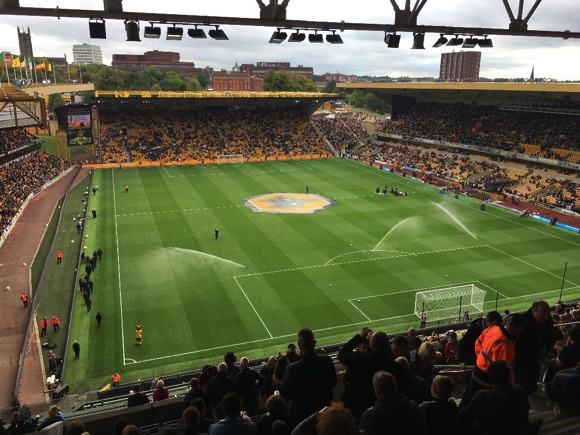



Molineux is a ground of football firsts. It was the first to be built for the Football League, in 1889, the first to stage regular floodlit international fixtures, from the early 1950s onwards, even the first to host a UEFA Cup final, the first leg against Spurs in 1972.
A century after its construction, it was completely revamped by incoming owner Jack Hayward, who took over the club four months after the Taylor Report in 1990. Since then, the Stan Cullis Stand has been rebuilt and now contains the club museum and megastore. Opposite, the South Stand, renamed after Sir Jack Hayward, is the home end.
Depending on numbers, visiting supporters are usually placed in the lower tier of the sideline Steve Bull Stand, not always a popular arrangement. The alternative is away fans being allocated an area of the Stan Cullis Stand, both tiers. With a capacity of 31,700, Molineux can accommodate a significant number of visiting supporters.
The main Stand on Waterloo Road has a statue of its namesake Billy Wright outside it – Stan Cullis is similarly honoured outside the club museum.
getting there
Going to the ground – tips and timings


Molineux is a 15min walk from the train station, either along the ring road via a series of underpasses or through town, straight up Railway Drive/Lichfield Street, then at the Hogshead bar, turn right at Stafford Street or up Wulfruna Street straight ahead, keeping the university to your right.
There are also bus stops on each side of Waterloo Road by the stadium that serve buses 3, 4, 5 and 5A to and from town. Buses 5 and 5A set off from Stand D at Wolverhampton bus station every 30mins (the 5 also every hr eve & Sundays) and call at stop AV on Broad Street. Buses 3 and 4 call at stop AW on Lichfield Street and stop AB on Stafford Street on their way up to Molineux. Coming back into town, jump on any Wolverhampton-bound bus from the stop on the stadium side – it’ll take you to the town centre.
The sat nav code for Molineux is WV1 4QR. Limited parking is available at the stadium at £10/car – call 0371 222 2220 (UK only) for details. Wolverhampton Civic Hall (WV1 1RD) 10mins away on Wulfruna Street has a car park (£4/3hrs, £5.50/4hrs) open Mon-Sat 7am-8pm. The Fold Street car park (WV1 4LP) is 15mins away, open daily until late, £2.50/3hrs, £4/4hrs, evening charge of £1 after 5.30pm. No overnight stays.
getting in
Buying tickets – when, where, how and how much

The ticket office (Mon-Fri 10am-5pm, match-day Sat 9am-3pm, non-match Sat 9am-1pm) is on the corner of the Billy Wright and Stan Cullis Stands, on Waterloo Road.
Tickets are first issued according to home fans’ loyalty points. Any remaining ones are put on general sale three weeks in advance, online and by phone (UK only 0371 222 1877).
Admission is £35-£40 in the upper Billy Wright Stand, depending on the opposition, £25-£32 in the lower tier, upper Steve Bull Stand, and behind the goals in the Stan Cullis and Sir Jack Hayward Stands. Over-65s and under-21s pay £15-£18, under-17s £12-£15. Accompanied under-12s are charged £5-£10. Away fans pay £30 in the Steve Bull Upper, over-65s/under-21s £15, under-17s £12, accompanied under-12s £5.
what to buy
Shirts, kits, merchandise and gifts
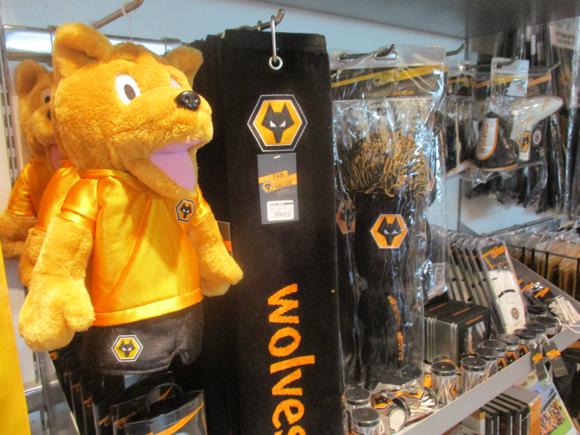


The huge Wolves Megastore (Mon-Sat 10am-5pm, later on match days, Sun 10am-4pm) is behind the Stan Cullis statue. Treasure includes They Wore the Shirt by Steve Plant, a gorgeous illustrated history of Wolves tops home and away, Tales from the Tape by Jason Guy, the texts from 36 podcasts, each the story behind a Wolves legend, all proceeds going to charity, and retro shirts including the 1960 FA Cup Final and 1974 League Cup Final.
Among a series of striking T-shirts celebrating the club’s current Latin stars is one featuring incoming manager Bruno Lage. Wolves won’t ever stray from old gold for the first kit but someone should have had a word in the ear of the club’s fashion adviser concerning the away top for 2020-21, a mess (literally!) of sky blue and white, barely redeemed by adidas stripes running down the shoulders.
tours & Museum
Explore the club inside and out


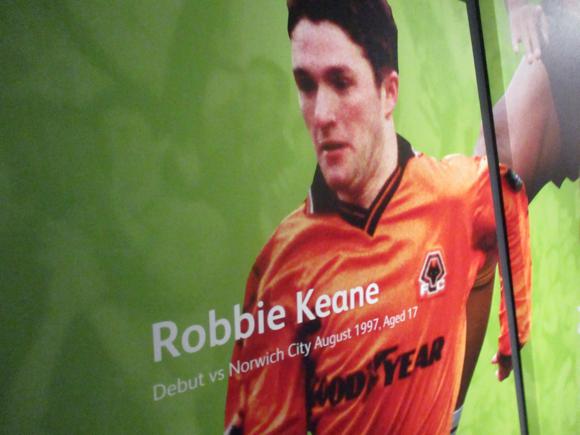



By the Megastore behind the Stan Cullis statue, the Wolves Museum (Fri-Sun 11am-4pmm weekday match days from 3pm, Sat match days from 9am, Sun from 10am, last guest 90mins before kick-off) is one of the best of its kind in the country. Displaying artefacts such as the original 1877 advertisement for players, the ornate Wrekin Cup won in 1884 and any number of pennants, posters and photographs, the club’s history is presented chronologically, artistically illustrated with informative texts. There’s a commentary game with John Motson, a penalty shoot-out against Wolves goalkeepers and a short video film focusing on the post-Hoddle era, ‘This Is Our Love and It Knows No Division’.
Stadium tours lasting 1hr currently take place at various times Fri-Sun – phone ahead on 0371 222 1877 (UK only) for details. Tickets are sold online or at the Megastore, £17.50 for museum and tour, £7 for museum only, over-65s/under-17s £12.50/£4.50.
Where to Drink
Pre-match beers for fans and casual visitors

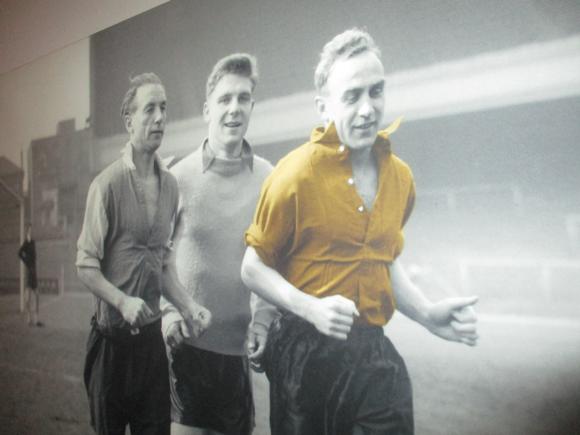

With the town centre being so close, for Wolves fans and neutrals, bars such as the Billy Wright and Hogshead are suitable as pre-match hostelries before the 15min walk to Molineux.
Away fans have a much more limited choice – limited to one, in fact: The Bluebrick family-friendly chain pub/restaurant by the Premier Inn hotel behind the train station.
Nearer the ground, a number of traditional Wolves pubs – The Wanderer, The Feathers – have closed. The Goal Post on Waterloo Road is now The Leaping Wolf, a themed sports pub with an outdoor fan zone on match days and a pool table indoors. It’s old gold only, of course.
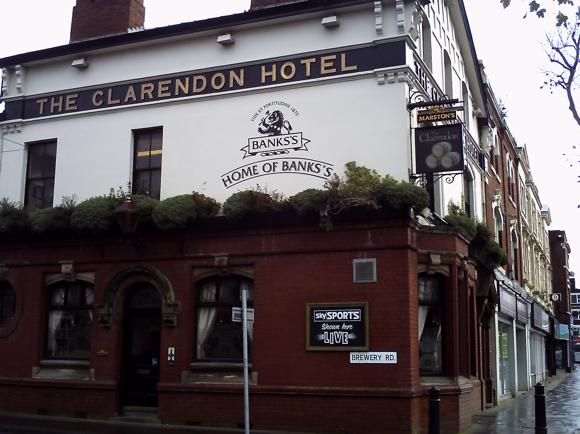


Home fans and neutrals can pop into the Clarendon by the brewery on Chapel Ash, with five TVs showing sport and cask ales from the Marston’s stable. Slightly further up Tettenhall Road, there are more ales at the traditional Combermere Arms.
Within Molineux itself, the pitchside WV1 Quadrant in the Stan Cullis Stand caters to hospitality packages. There’s also a WV1 bar with comedy nights. Sir Jack’s in the Billy Wright Stand offers fine dining to corporate customers but also opens Saturday and Sunday lunchtimes.







